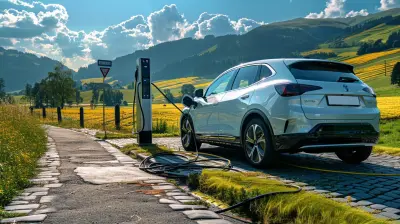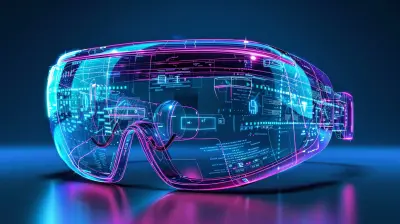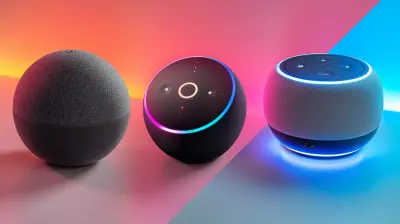How AI is Enhancing the Capabilities of Drones
19 July 2025
In recent years, drones have evolved from fun gadgets to indispensable tools in various industries. But while drones themselves are pretty impressive, it’s the integration of Artificial Intelligence (AI) that has truly taken them to the next level. AI, with its ability to process massive amounts of data and make real-time decisions, has supercharged drones, making them smarter, faster, and more efficient. But just how is AI enhancing the capabilities of drones? Let’s dive into it.
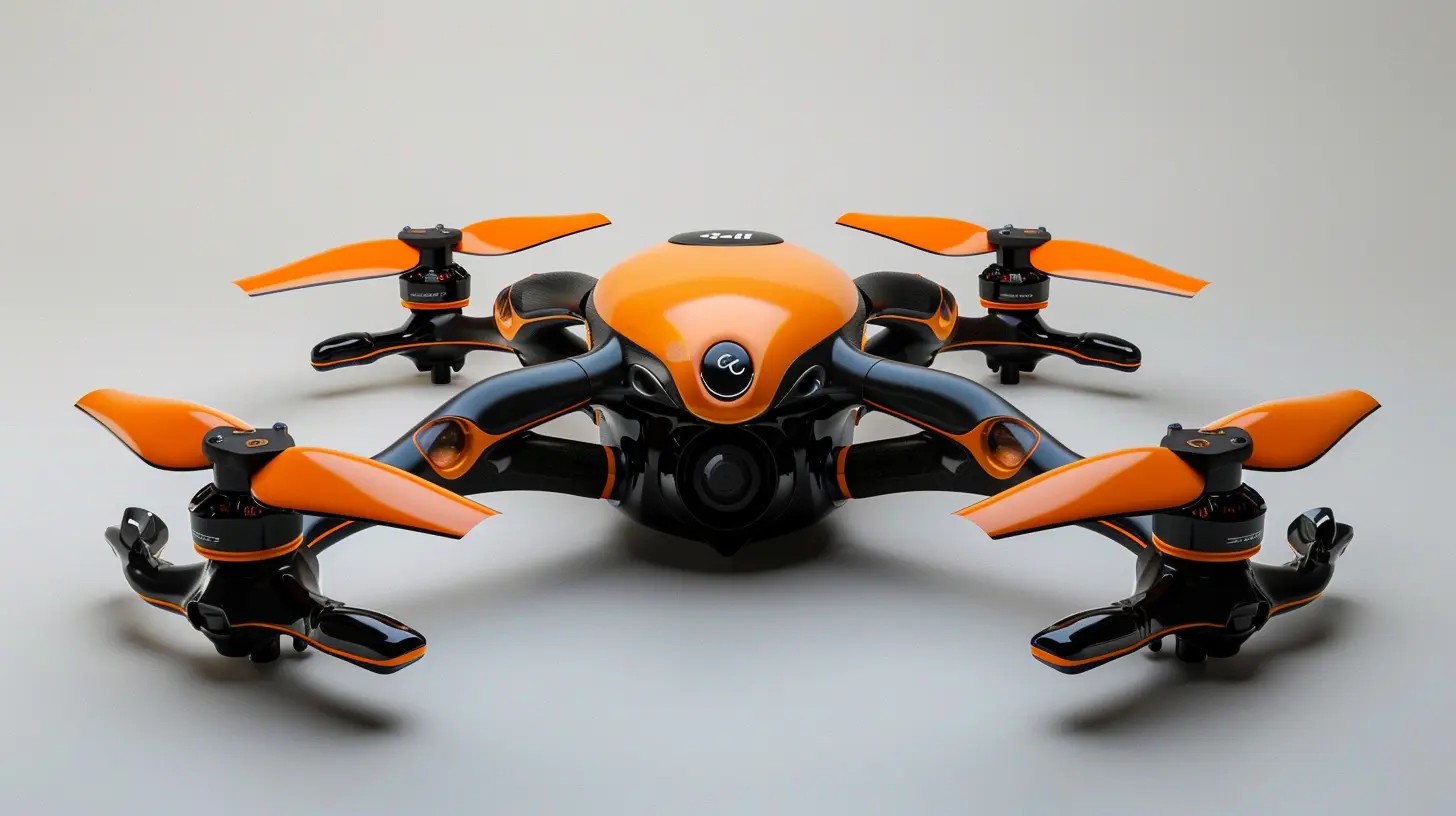
1. Introduction to AI and Drones
First things first, let's establish the basics. Drones, also known as unmanned aerial vehicles (UAVs), are aircraft without a human pilot on board. They're controlled either autonomously by onboard computers or via remote control by a human operator. Sounds simple, right? But what happens when we throw AI into the mix?Artificial Intelligence, in its simplest form, refers to machines that can mimic human intelligence. This means that AI can analyze data, learn from patterns, make decisions, and even adapt to new situations. When drones are equipped with AI, they gain the ability to do things that would be impossible or incredibly difficult for a human operator to manage. From obstacle avoidance to real-time data analysis, AI is revolutionizing what drones can do.
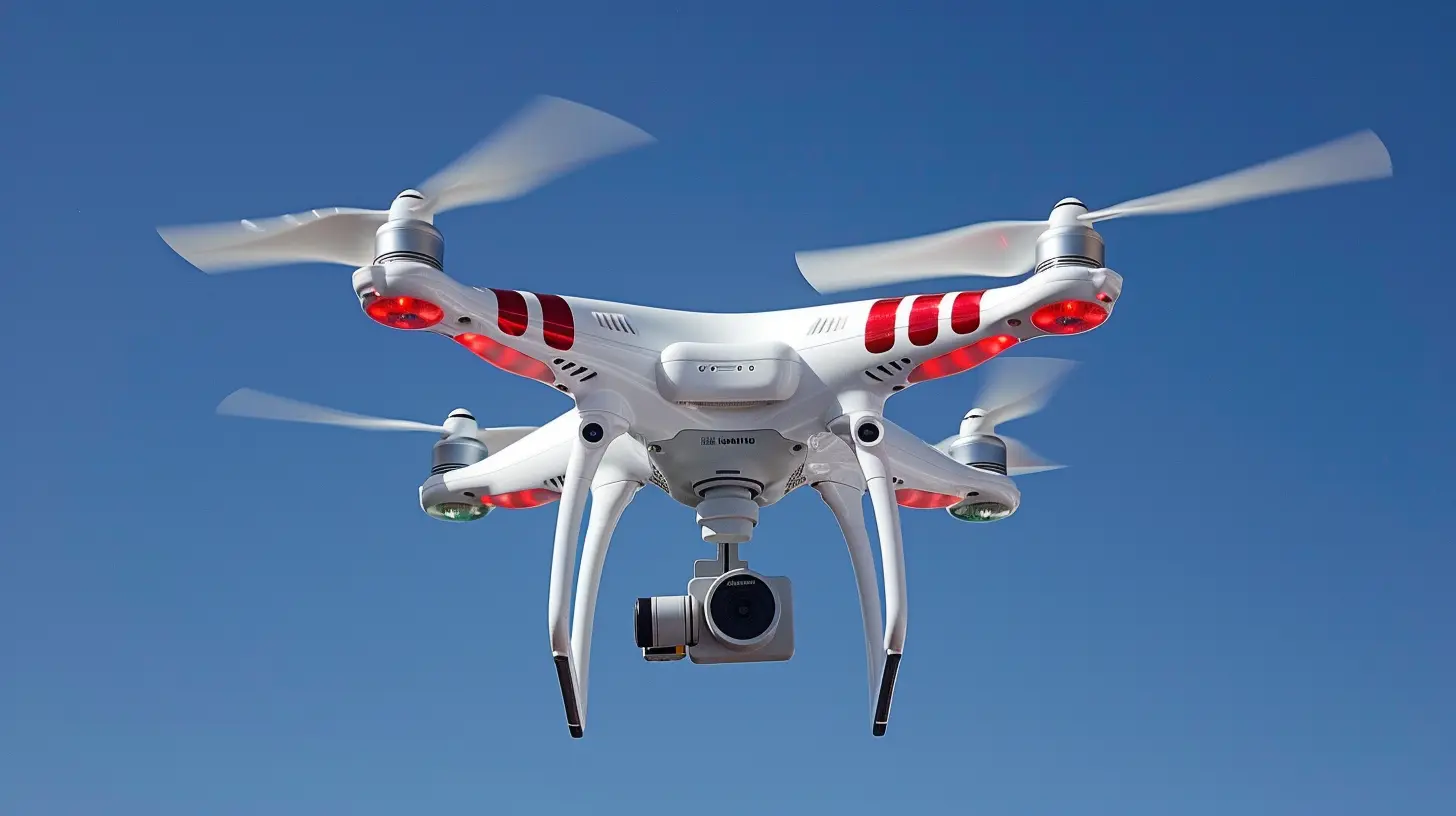
2. Autonomous Navigation
One of the most exciting advancements AI brings to drones is autonomous navigation. Before AI, drones required a human pilot to steer and control them. Now, with AI-driven technology, drones can navigate complex environments all by themselves. How does this work?2.1. Obstacle Detection and Avoidance
Imagine you're driving through a dense forest. Every tree, bush, or rock is a potential hazard. Now, imagine trying to navigate that terrain while flying. It sounds tricky, right? Thanks to AI algorithms, drones can now detect obstacles in their flight path and avoid them in real time. AI-powered sensors, such as LIDAR, infrared cameras, and GPS, help drones "see" their surroundings and make split-second decisions to avoid collisions. It's like having a super-intelligent co-pilot that never tires or loses focus.2.2. GPS-independent Navigation
Ever tried using your phone’s GPS in a remote area, only to lose signal? Traditional drones relying solely on GPS face similar challenges. But AI is offering a solution: Vision-based navigation. This allows drones to use cameras and AI algorithms to map their surroundings and navigate without relying on GPS. It’s like a bird using its eyes to find its way home – no satellite signals needed.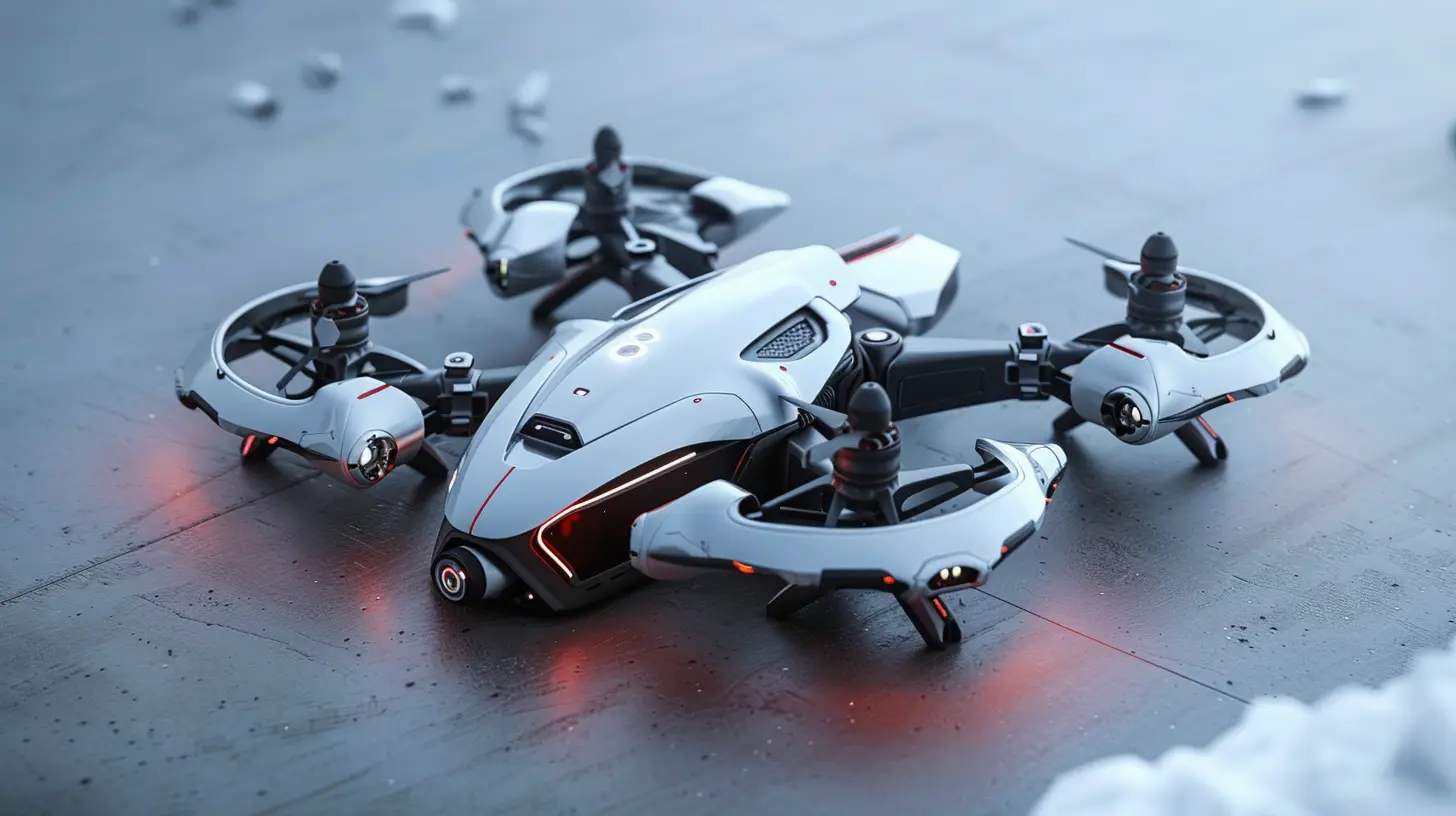
3. Enhanced Data Collection and Processing
Drones are excellent tools for data collection, whether it's for aerial photography, agriculture, or surveying. But let's be honest — raw data is just that: raw. That’s where AI steps in, turning mountains of data into useful insights.3.1. Real-Time Data Analysis
Previously, drones would collect data, and then a human operator would have to analyze it later. This could take hours or even days. Now, AI can process data in real time. For instance, a drone surveying a farm can instantly identify unhealthy crops, allowing farmers to take immediate action. Or consider a drone inspecting power lines — it can instantly detect damage and alert a technician, reducing the time to fix the issue.3.2. Predictive Analytics
AI also enables drones to predict future outcomes based on the data they collect. For example, drones in agriculture can monitor crop health and predict future harvest yields. Similarly, drones inspecting infrastructure like bridges or pipelines can predict when repairs will be needed based on wear and tear detected during their flights. It’s like having a crystal ball for your data.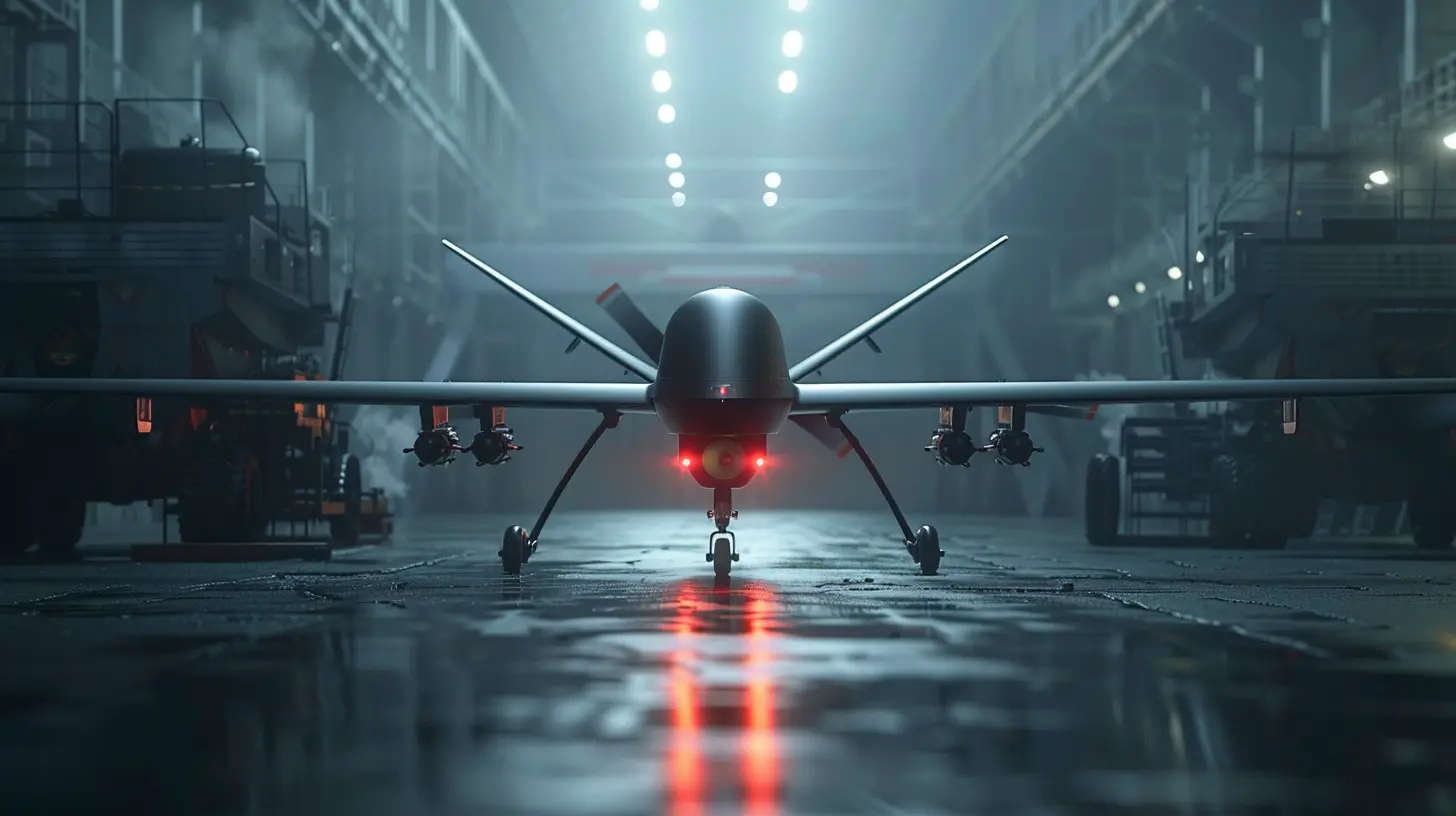
4. Improved Surveillance and Security
When it comes to surveillance and security, AI-powered drones are a game-changer. These drones can continuously monitor an area, spot potential threats, and even make decisions without human intervention.4.1. Facial Recognition and Object Detection
Thanks to AI, drones can recognize faces, objects, and even specific behaviors. This is particularly useful in security applications. For instance, AI-powered drones can scan crowds and identify individuals of interest in real-time. In addition, these drones can also detect unusual activities, such as someone attempting to breach a restricted area, and instantly alert security personnel. Think of AI as the drone’s brain, constantly analyzing its surroundings and interpreting what it “sees.”4.2. Patrolling and Monitoring
Drones equipped with AI can autonomously patrol areas, such as large facilities, borders, or even national parks. They can cover more ground than traditional security personnel and can operate 24/7, rain or shine. AI-driven algorithms ensure that drones can learn and adapt to different environments, making them more efficient over time. It's like having an all-seeing eye that never blinks.5. Revolutionizing Delivery Services
We’ve all heard about drone deliveries, but AI is what’s truly making it a reality. With AI, drones can navigate urban areas, avoid obstacles, and make precise deliveries without a human pilot constantly monitoring their every move.5.1. Route Optimization
AI can calculate the fastest and most efficient delivery routes for drones, taking into account weather conditions, traffic, and even temporary no-fly zones. This ensures packages get delivered quickly and safely. It’s similar to how apps like Google Maps find the best driving route, but for drones in the sky.5.2. Autonomous Landing
One of the trickiest parts of drone delivery is landing the package safely. AI-powered drones can now autonomously determine the best landing spot, avoiding obstacles like trees, power lines, or even pets running around in the yard. It’s like having a bird that can assess the perfect spot to land and do it flawlessly every time.
6. AI-Powered Swarm Technology
AI enables drones to work together in what is referred to as “swarm technology.” This involves multiple drones communicating with each other and coordinating their movements to achieve a common goal. Swarm drones can be used in various applications, from military operations to search and rescue missions.6.1. Search and Rescue Operations
Imagine a scenario where someone is lost in a forest. Instead of sending a single drone to scan the area, multiple AI-powered drones can be deployed to cover large regions quickly. These drones can communicate with each other, divide the search area, and relay information back to the rescue team. With AI, the drones work as a cohesive unit, much like a flock of birds flying in formation.6.2. Military and Defense
In military applications, drone swarms can be used for surveillance, reconnaissance, and even combat. AI allows these drones to communicate with one another, share information, and adapt to changing battlefield conditions without human oversight. It’s like having a self-organizing, highly efficient team of robots working together to achieve a mission.7. Environmental Monitoring and Conservation
AI-powered drones are making significant strides in environmental monitoring and conservation efforts. By equipping drones with AI, scientists and conservationists can gather more accurate data, monitor endangered species, and even prevent illegal activities like poaching.7.1. Wildlife Monitoring
Drones with AI can track wildlife populations in real-time. They can identify individual animals, monitor their behavior, and even detect signs of illness or distress. For example, AI can help drones distinguish between different species and monitor migration patterns, giving conservationists better insight into animal populations.7.2. Tackling Climate Change
AI-powered drones are also being used to monitor deforestation, glacier melt, and rising sea levels. The data collected by these drones allows scientists to track the effects of climate change more accurately and predict future trends. These drones can also be used to plant trees in deforested areas, making reforestation efforts faster and more efficient.
8. Future Possibilities for AI and Drones
The AI-drone synergy is still in its infancy, and the potential for future growth is mind-blowing. We’re already seeing AI-powered drones being used in fields like agriculture, security, and environmental conservation. But what does the future hold?Imagine drones that can self-repair, drones that can learn from their mistakes, or drones that can communicate with each other to create vast networks of flying machines. The possibilities are endless. As AI technology continues to advance, drones will only become more capable, efficient, and autonomous.
Conclusion
AI is undoubtedly enhancing the capabilities of drones, transforming them from simple flying machines into intelligent, autonomous tools capable of performing complex tasks. From autonomous navigation to real-time data analysis, AI is pushing the boundaries of what drones can do. As AI technology continues to evolve, we can expect even more exciting developments in the world of drones. Whether it's revolutionizing delivery services, improving security, or helping to combat climate change, the future of AI-powered drones is bright.all images in this post were generated using AI tools
Category:
DronesAuthor:

Vincent Hubbard
Discussion
rate this article
1 comments
Azriel McNair
This article insightfully highlights AI's transformative role in drones, enhancing navigation and autonomy. The potential benefits are exciting, though ethical considerations should also be addressed.
August 6, 2025 at 3:00 AM

Vincent Hubbard
Thank you for your thoughtful comment! I'm glad you found the insights on AI's role in drones compelling. You're absolutely right—addressing ethical considerations is crucial as we advance these technologies.
